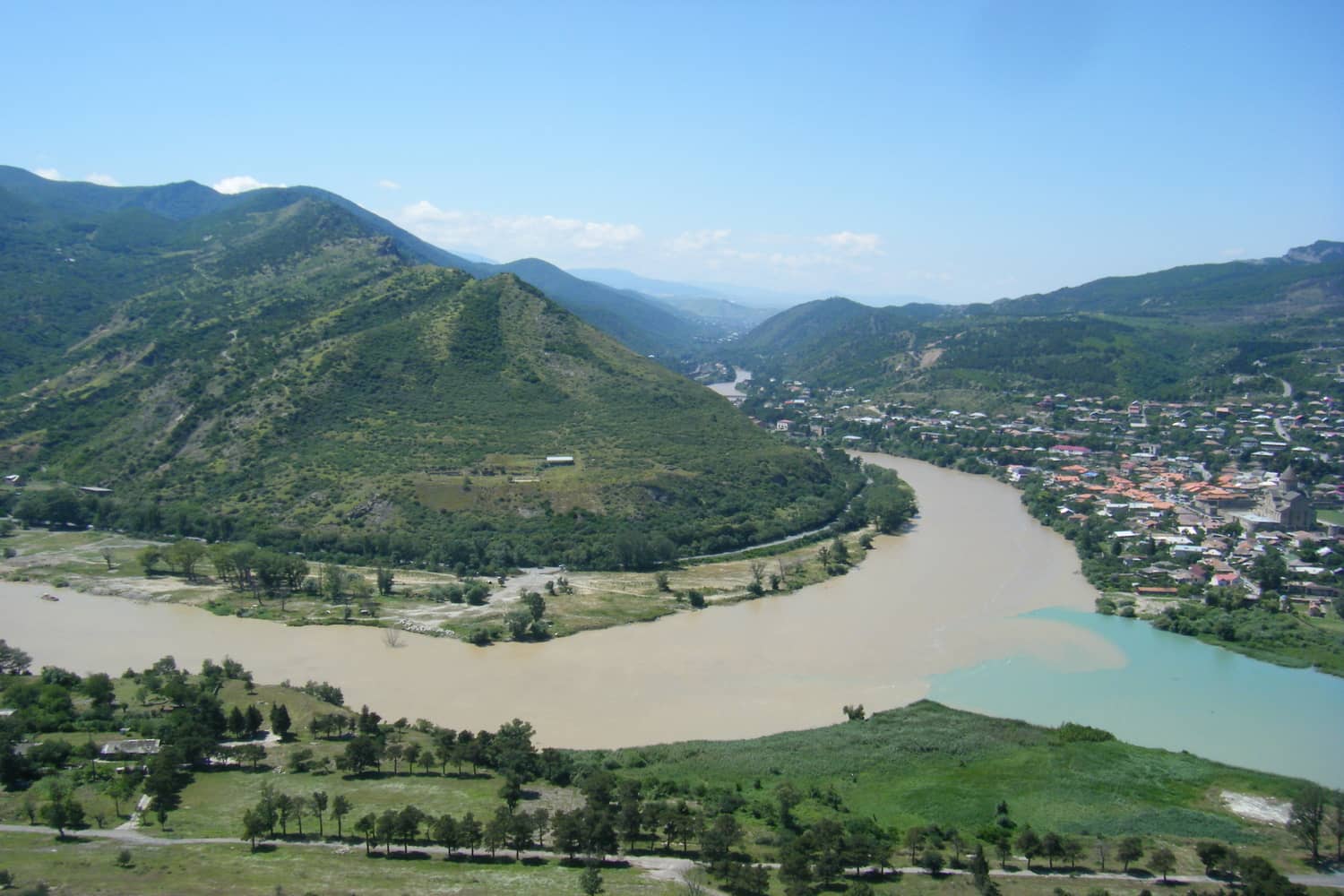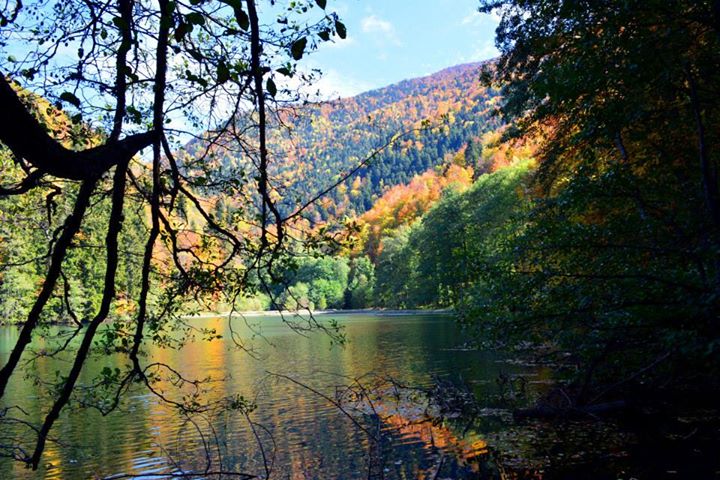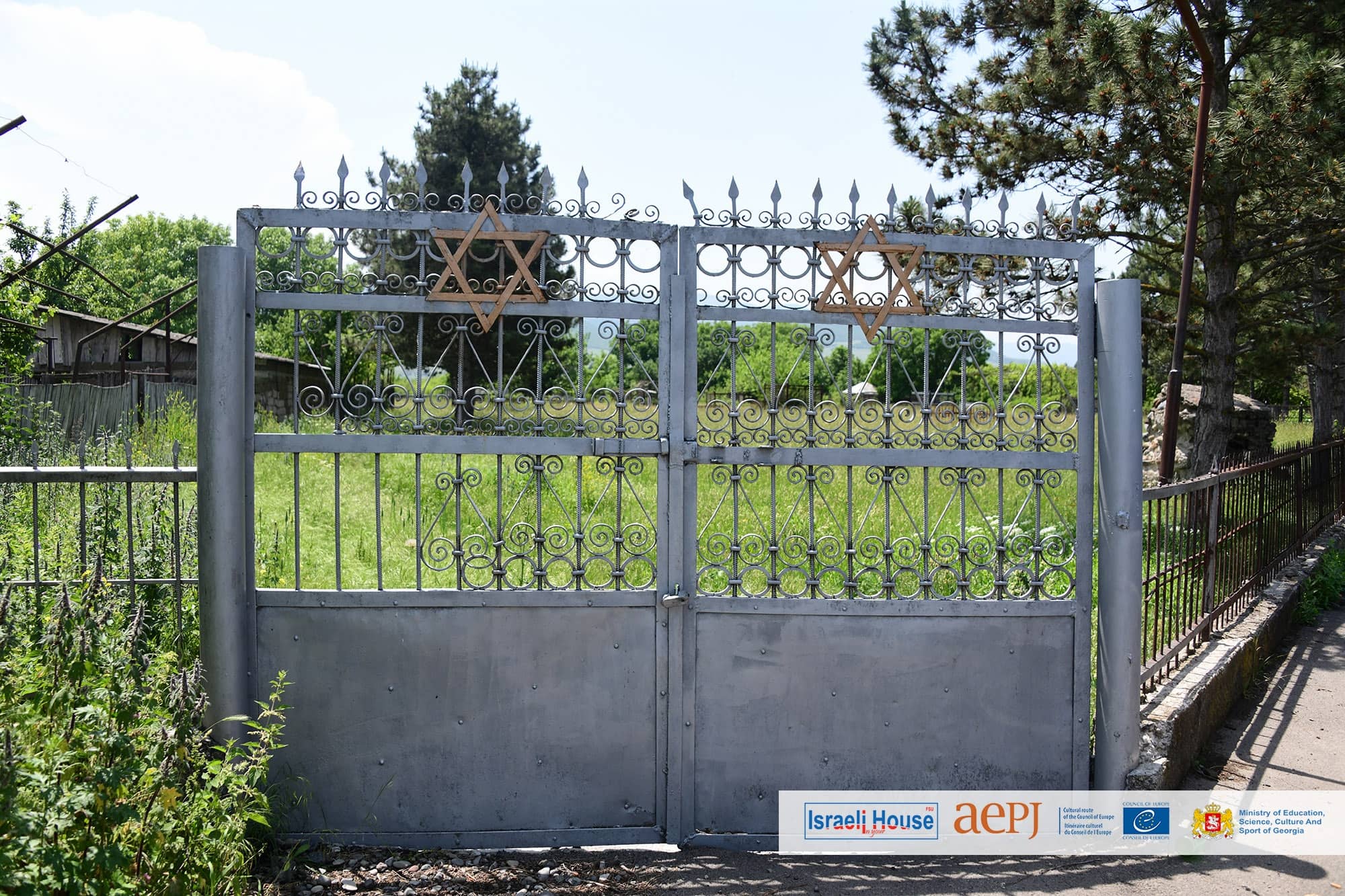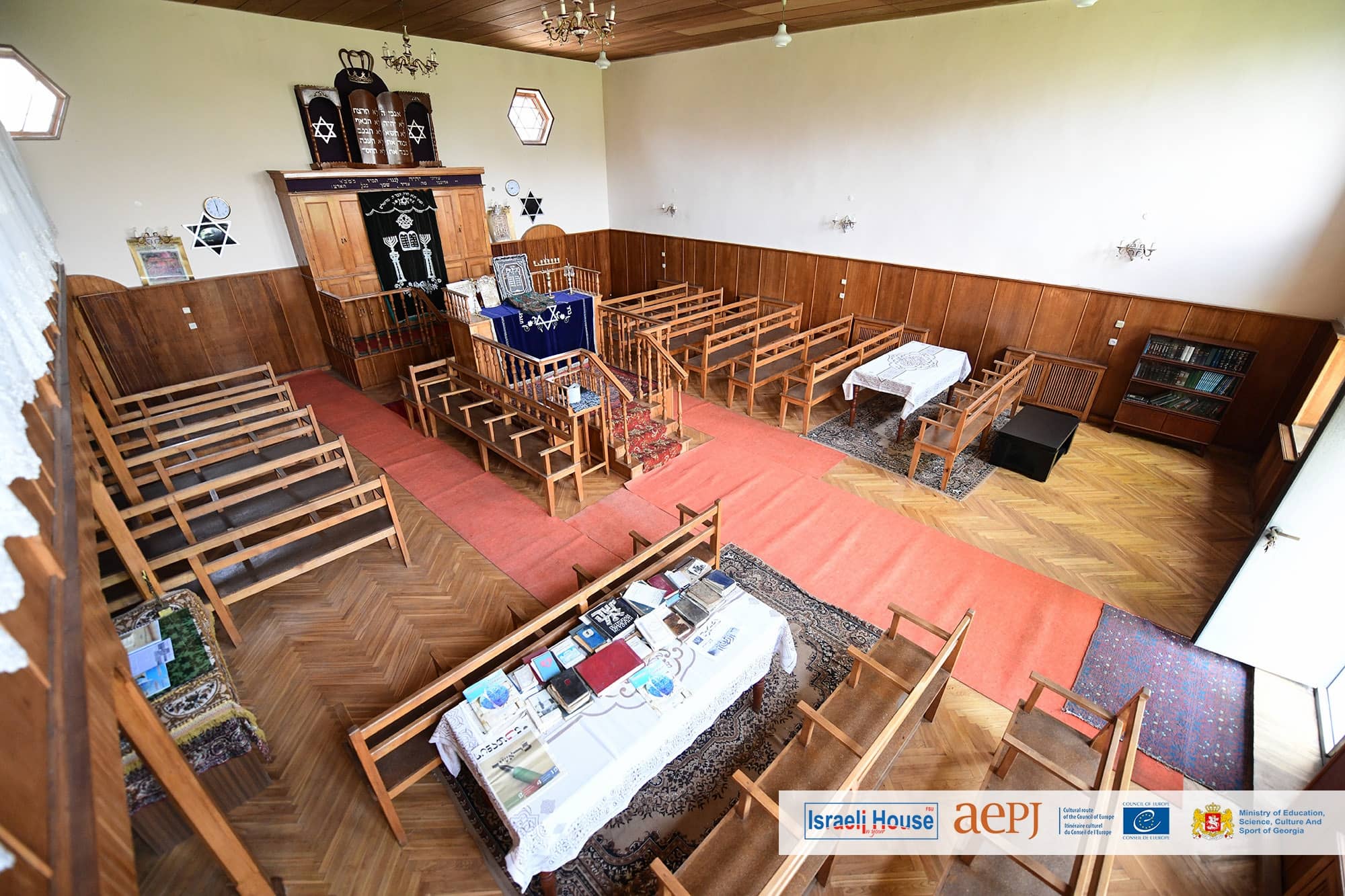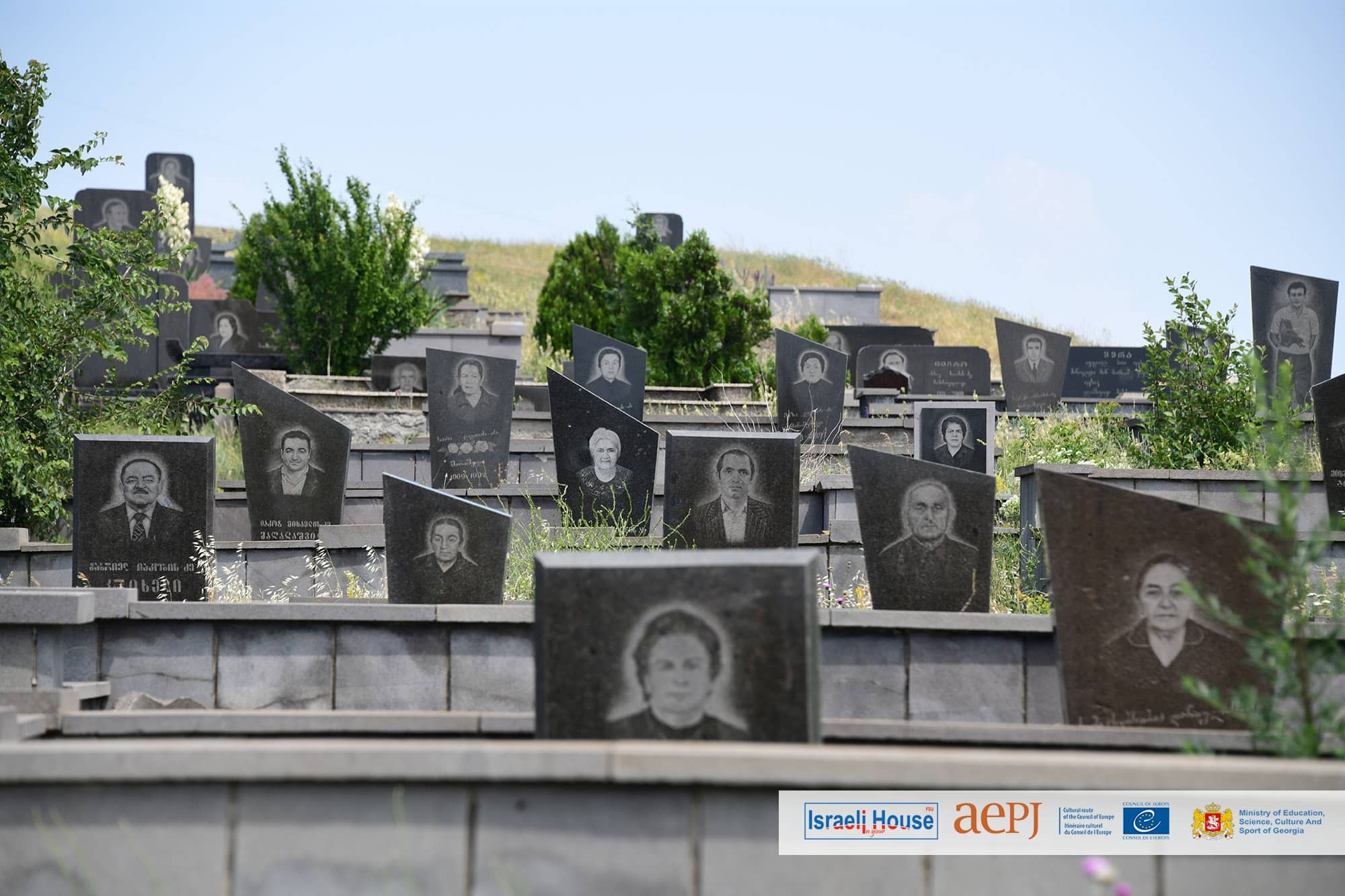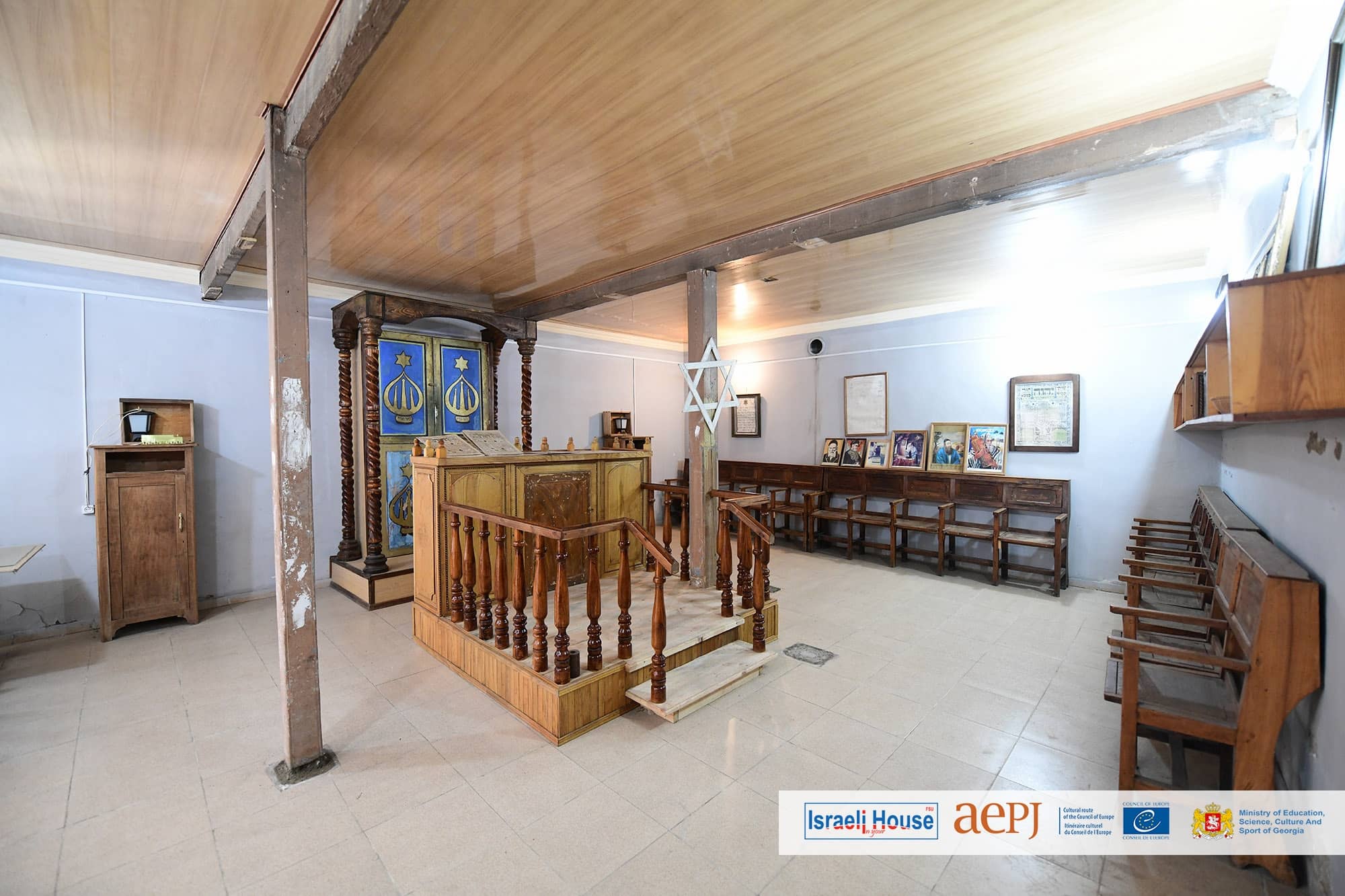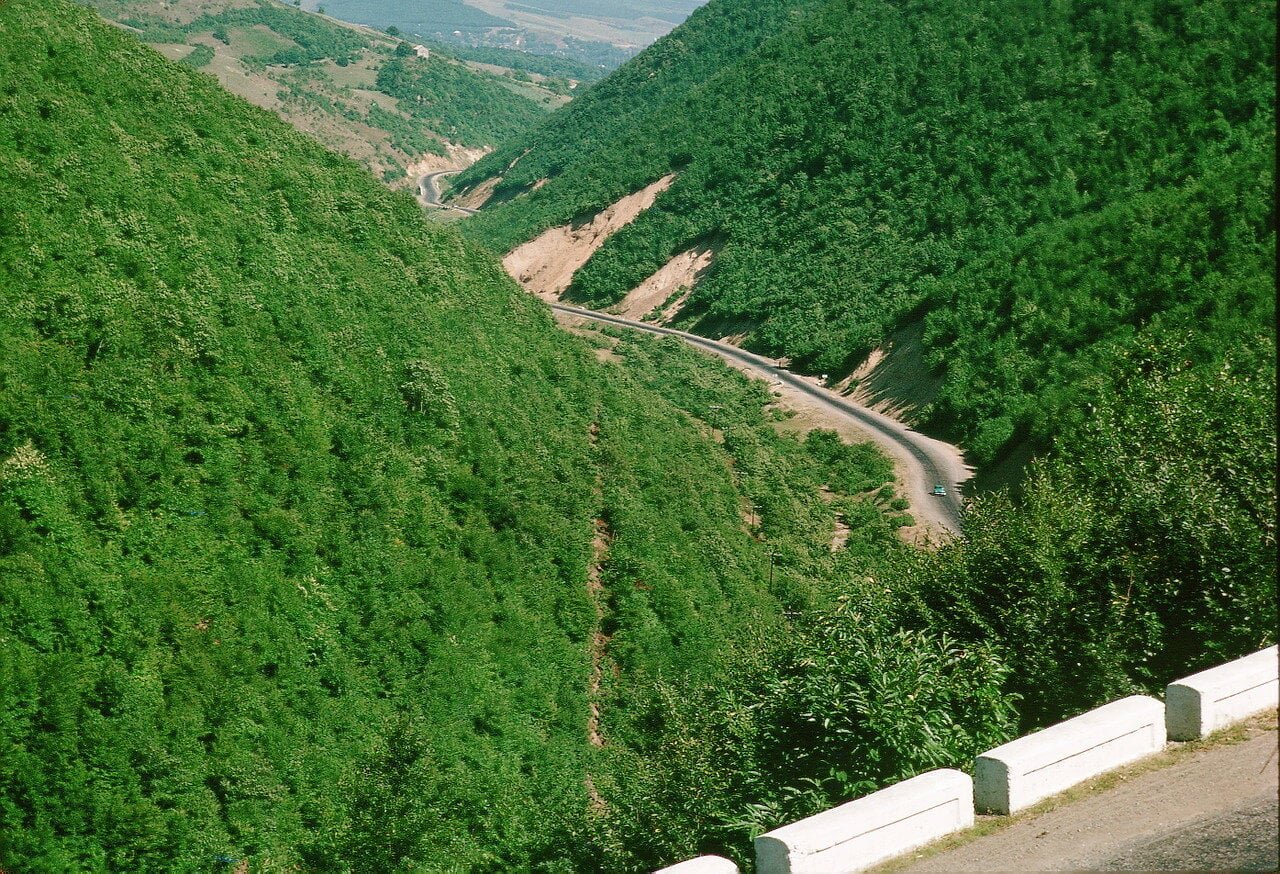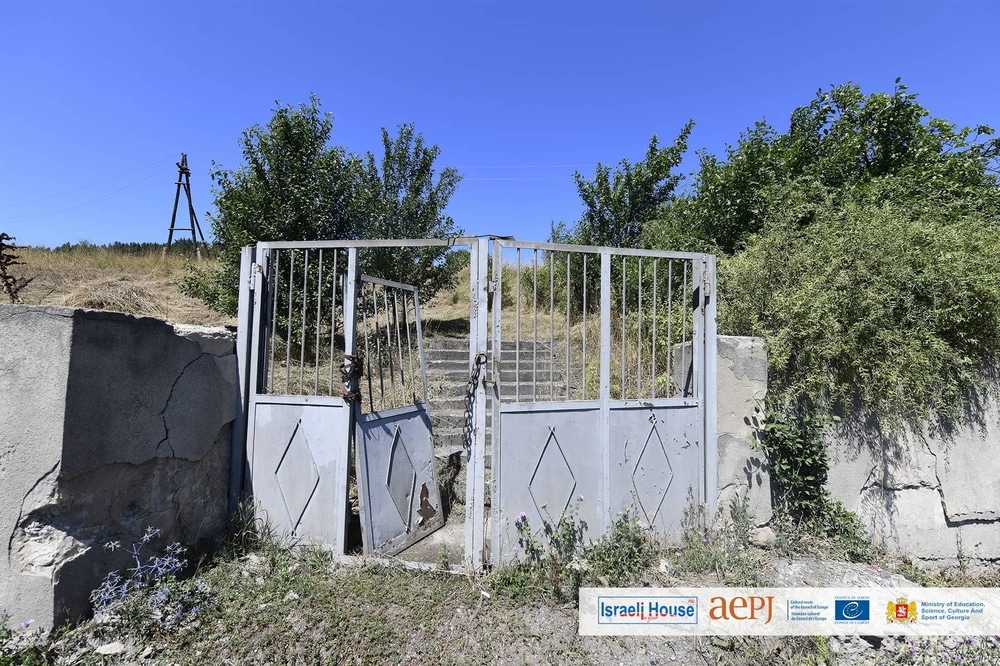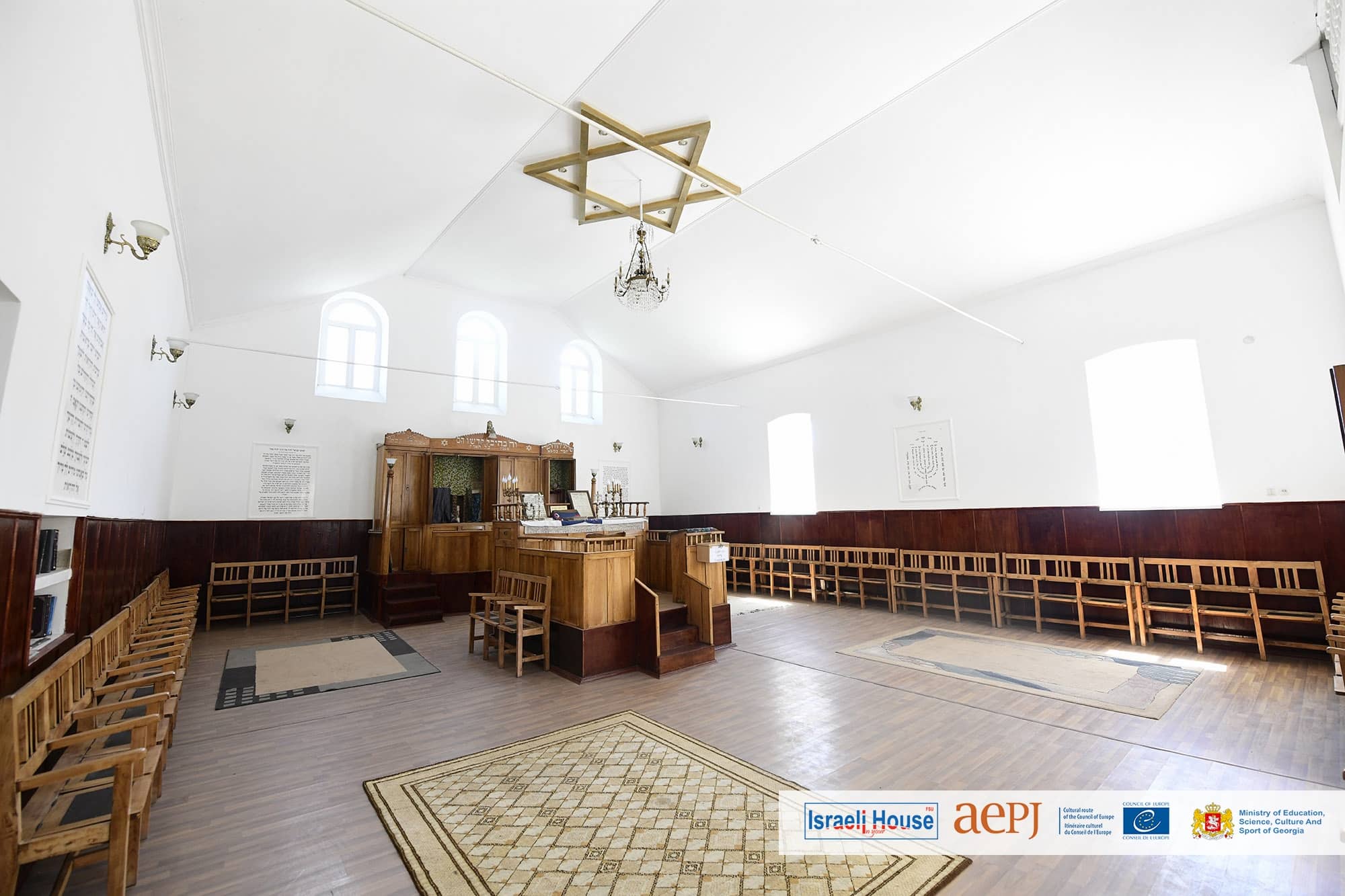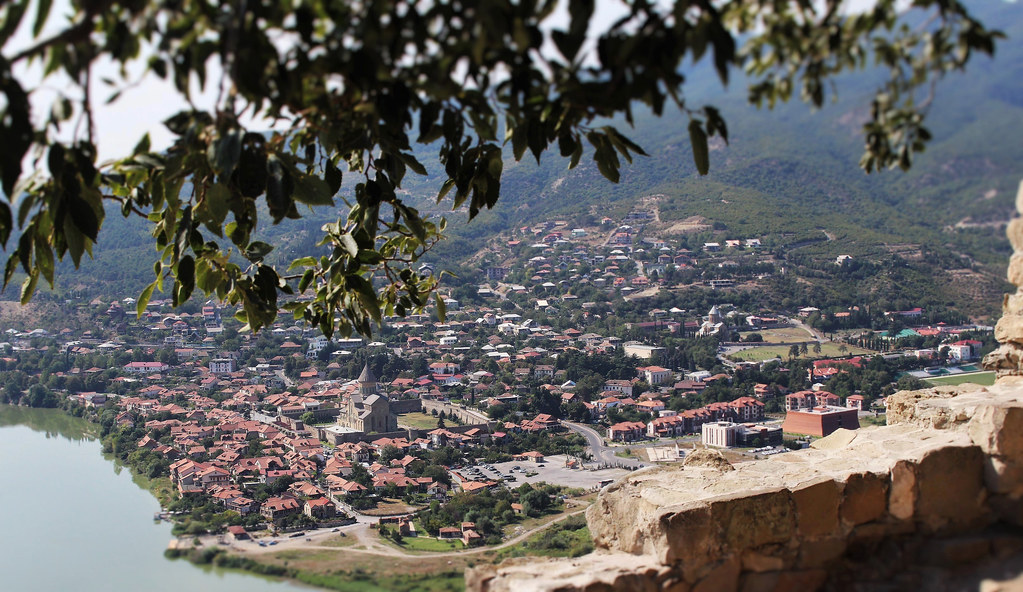The fall of Jerusalem happened in 586 BC and this is the time when Jewish refugees came into Kartli. It should be pointed out that these immigrants asked the governor for permission to inhabit the area, for which they would pay an appropriate amount. The governor of Mstkheta gave a helping hand to the refugees and allocated an area of River Aragvi for them, which was called Zanavi. Later these Jews moved to different towns and cities.
Archives: Directory listings
Directory listings
Kareli
Kareli, a town in Shida Kartli, Georgia, is located on the river Mtkvari. There was a time when the number of Jews living in Kareli was fairly vast but today that is not the case, on this day the Jewish population is very small; it only consists of 400 beings. Some say the word “Kareli” doesn’t mean the “The place with wind”, and its actual origin is an Herbew word, of men, but that is just an assumption. In old times Jews were accounted as the workers of Tsitsishvili; later as the state peasants. Jews in Kareli usually were merchants and lived ordinary lives, their appearances and rules corresponded with Kareli’s population. The sites you can find in this town are Kareli Synagogue, which was built in the 20th century and a Jewish graveyard.
Photo attribution: Nickniko, CC BY-SA 3.0 <https://creativecommons.org/licenses/by-sa/3.0>, via Wikimedia Commons
Jewish Graveyard in Kareli
The Jewish Graveyard in Kareli dates back to the 19th century. The Graveyard was active until the second half of the 20th century, before the beginning of Aliyah, the Jewish immigration to Israel. Today, the cemetery is abandoned because it does not have a caretaker.
Kareli Synagogue
Kareli Synagogue, Located on 9 Jerusalem St, was built in the 20th century, with a brick as a building material. The synagogue was reconstructed in 1990. Today the synagogue is abandoned and inactive, therefore the condition of the building and its material is poor.
Jewish Graveyard in Gori
The Jewish Cemetery in Gori is located on the Kvernaki Range, this is a common cemetery where some Jewish graves are located. In the end of the 20th century, after the immigration of Jews to Israel the cemetery stopped being active, but it is well maintained. Hebrew inscriptions on the tombs are readable. Jews often come from Israel to visit the graves of their ancestors.
Gori Synagogue
The synagogue, located in Gori, Kasteli Street, which was opened in 1936, is one of the distinctive ones out of every Jewish shrine in Georgia. The material which was used for its construction is brick. The building date of this synagogue is very important because this was the time when the synagogues in the Soviet Union were being destroyed, but in Gori, in the hometown of Stalin, the building was being constructed. In 1996 the city celebrated its 60 years anniversary.
Surami
Surami is a mountain resort in Shida Kartli’s side of Khashuri Municipality. Until the year 1970, before the migration of Jews started, there were 580 Jewish families living in Surami. The first stage of migration started in the 70s and continued in the 80s and from the 90s to 2000s due to migration only 10 families were left in the city. Majority of Jews sold their houses and the former district of Jews was later named Jerusalem Street.
Jewish Graveyard in Surami
The Jewish Graveyard in Surami, which is very old, is located on the opposite side of Surami Fortress on Grigol Surameli Street. The graveyard is currently active, fenced and some of the inscriptions on the tombstones are readable. The cemetery is being taken care of by local Georgians and local Jews. In addition, Georgian Jews from Israel are financing the maintenance of their ancestors’ graves.
Surami Synagogue
Surami Synagogue is located in the Jewish district, on the left bank of the Suramula River. The date in which the building was constructed is unknown. The synagogue is currently open, it has “Hakham” and Gabbai and it serves the local community. Prayers barely take place in the synagogue. Women participate in religious rituals from the half isolated place on the second floor of the building.
Mtskheta
Mtskheta, located at the junctions of the rivers Mtkvari and Araks, is an old capital of Georgia. This is the place where Jews appeared and settled down. After their persecution from Jerusalem in 586 BC, they asked the head of Mtskheta for permission to let them inhabit the area, for which they would pay a relevant amount. They got a positive answer and they occupied the part of the banks of the river Aragvi named Zanavi. After a little while the Jewish moved to different villages and cities, which were trade centers. In “Conversion of Kartli” this community is dated as the year 169 BC. In the Georgian Chronicles Georgian Jews are connected to the crucifixion of the Christ. Eliezeri, who was from Mtskheta, and Longinus traveled to Jerusalem and they brought the cloth of Christ with them. Sidonia hugged the cloth, fell on the ground and died, and because they could not get the cloth out of her arms they buried her with it. According to the legend, the gravestone located around Svetitskhoveli territory represents Sidonia’s grave. Sidonia is also connected to Saint Nino; Sidonia traveled around with Nino, along with 6 Israeli nuns and was the witness of her miracles. In the middle centuries’ documents, it is said that many Jews were victims of kidnapping and theft; the cruel behaviour caused Jews to leave the region.
